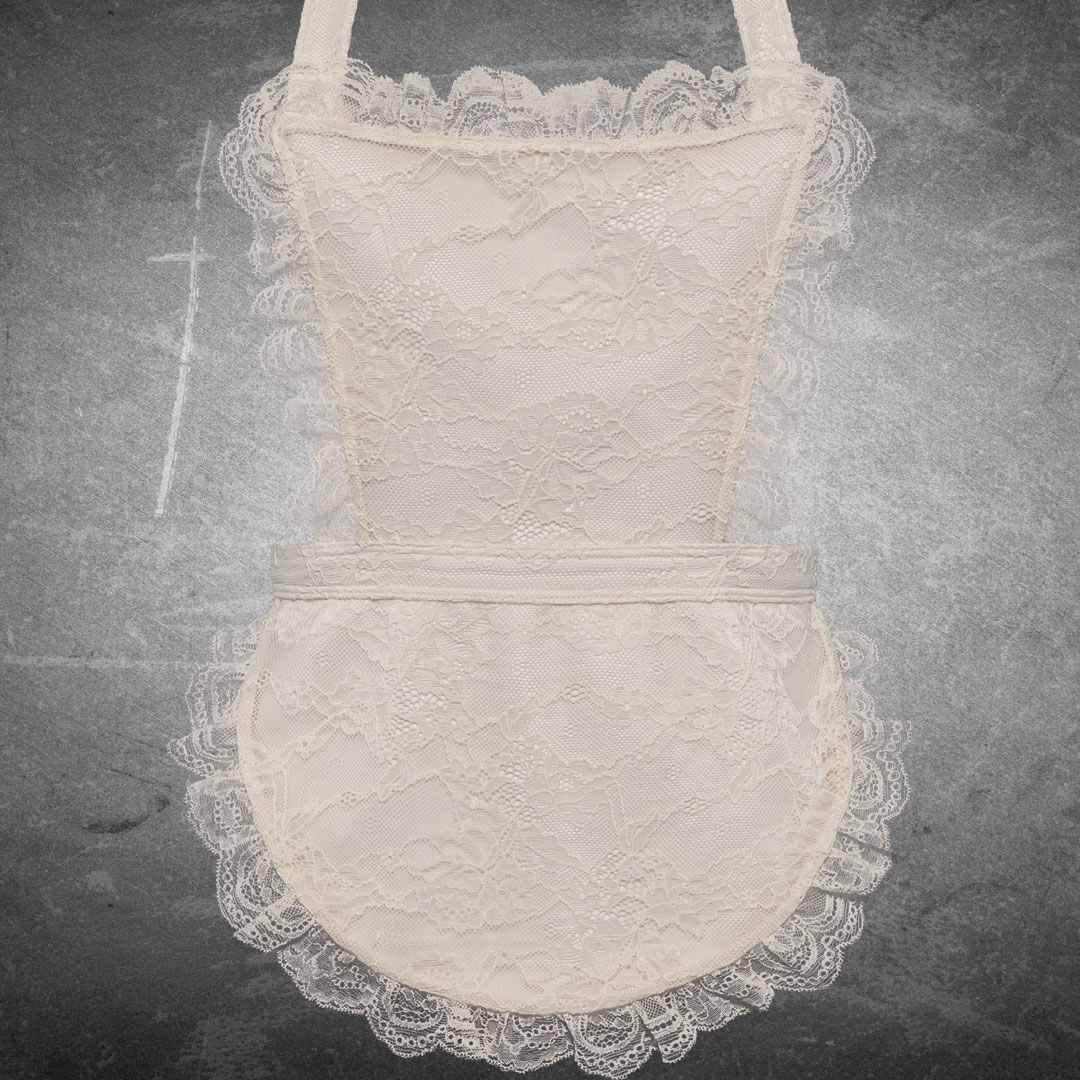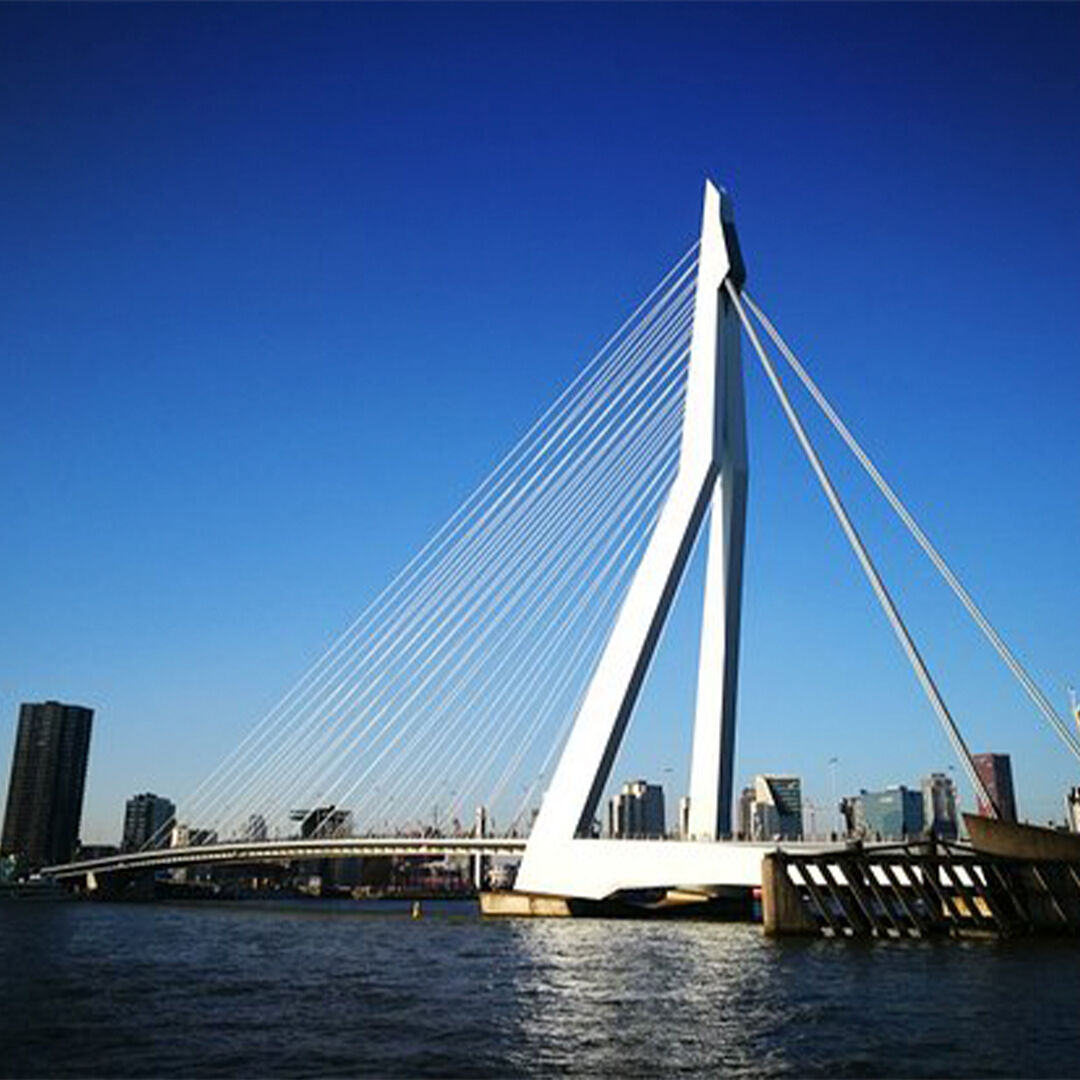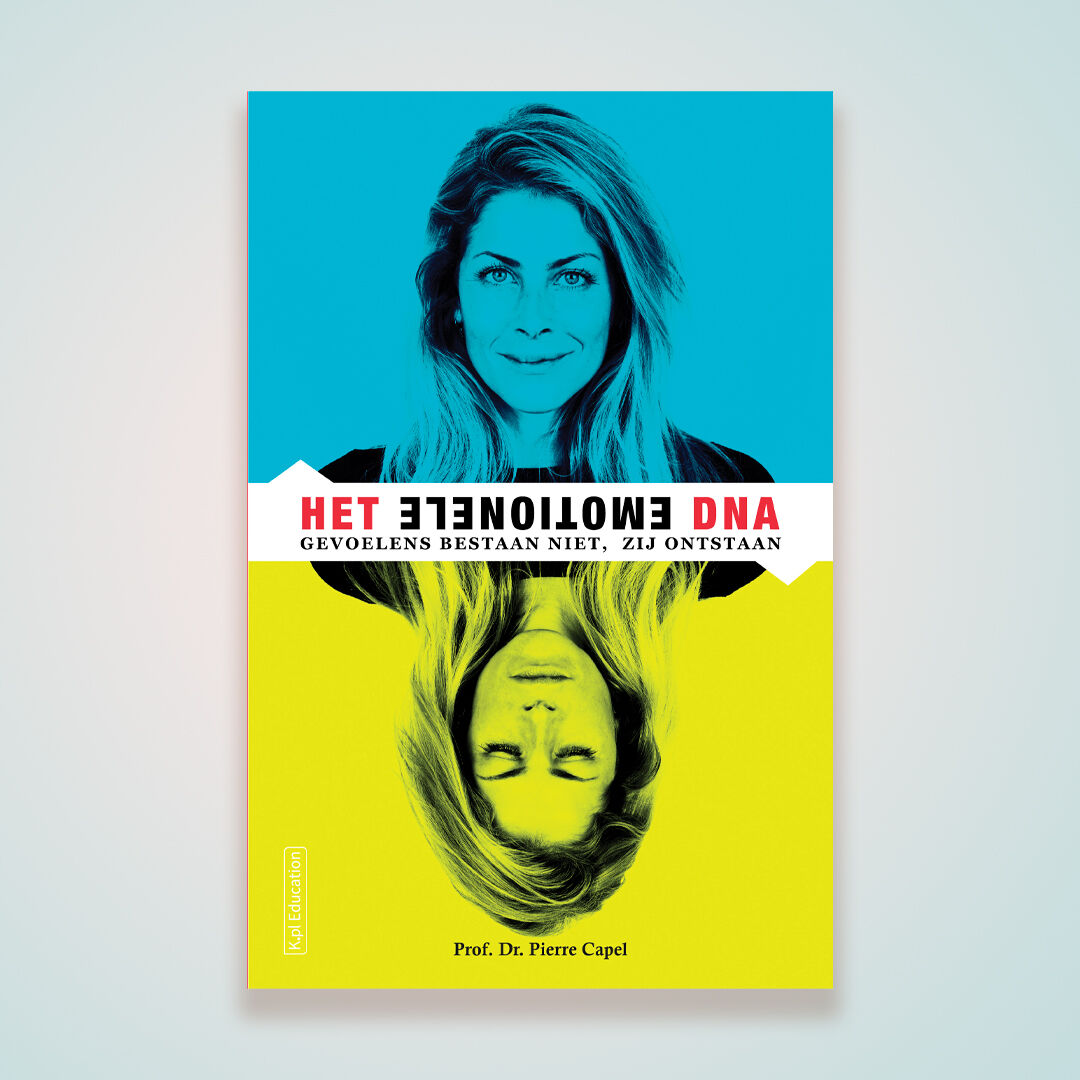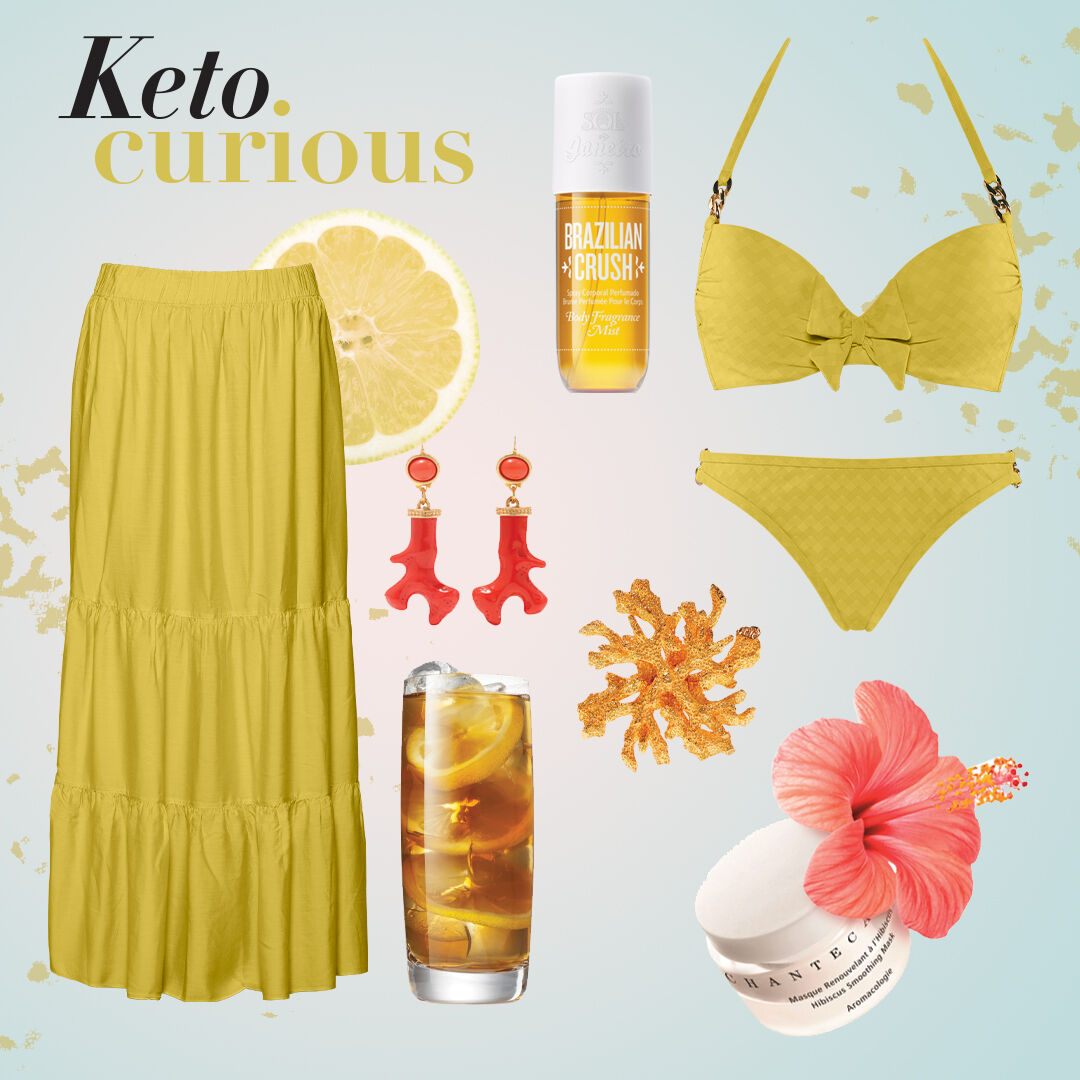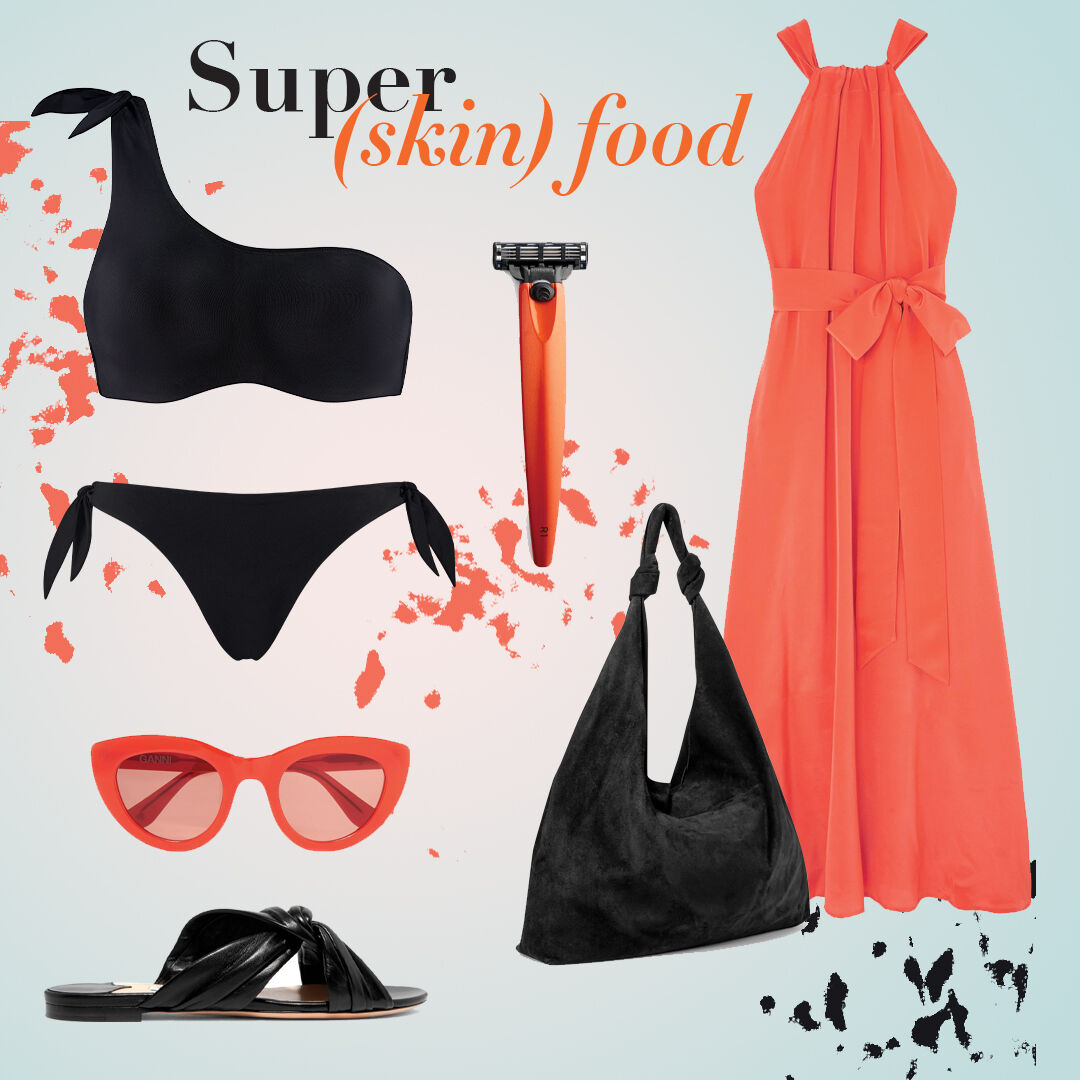Why the apron is hot again!
From fertility goddesses in ancient Crete to kitchen goddess Julia Child; phenomenal women have always had a thing for the apron. And now the simple, yet symbolically complex cover-up is back, starring on catwalks, concert stages and of course, in my latest collection! This time, the apron is all about food, fashion and feminine feminism.
The word ‚apron‘ comes from the French word ’naperon‘, meaning a small tablecloth. Yet, its role in history has been anything but small! In ancient Crete, it was the costume of fertility goddesses; in Egypt, the pharaohs liked to wear theirs encrusted with jewels. In Europe during the Middle Ages, aprons were worn by tradesmen as an emblem of their trade; English barbers did their job in checkered aprons, butchers wore blue striped ones, cobblers had ‚black flag‘ aprons for protection from the black wax they used. Aprons were so ubiquitous, that at some point, tradesmen were even called ‚apron men‘.
And here we are now; reclaiming the kitchen, and with it, a new type of apron that combines edgy fashion with phenomenal functionality and -why not?- sex appeal. Yes, we like to get our hands dirty, but not our Miu Miu dress. Juggling many roles at work and at home, our apron -be it a flirty, floral one or a minimalist denim one with leather straps and an iPhone pocket- creates a sense of being in control. (My current favorite is a beautiful gray ‚wrap‘ apron by a company called Tilit; ten dollars per apron are donated to the Bad Bitches Grant Fund for women’s culinary education). In a way, the new apron is almost like a costume. Tying it on is like Super Woman slipping into her cape: you are now ready to do some serious self-nurturing! Enjoy!
Fast-forward to the 1950s, and the apron -flowered and frilly this time- has become a symbol of domesticated femininity; think of ‚I love Lucy’s Lucille Ball baking cookies in high heels and a sassy gingham apron. To 1960s feminists, who had been raised as mother’s little (kitchen-)helpers, the apron was far from cute and innocent; it was a symbol of oppression. So, when Betty Friedan kick-started feminism’s second wave, millions of women burned their bras and threw their aprons in the trash.
“Yes, we like to get our hands dirty, but not our Miu Miu dress.”
— Marlies Dekkers
Not so tv chef and cookbook writer Julia Child; she kept wearing her apron -made of blue denim, with a towel draped over the waist ties- with professional pride and dramatic flair. This was not an emblem of imprisonment, but one of pure empowerment! Julia’s passionate promoting of cooking as a creative outlet helped shape a new generation of feminists who have the freedom to embrace domesticity on their own terms.
MD Friends
Building bridges
From the Erasmus Bridge and the Mercedes-Benz Museum to Qatar’s metro network; Ben van Berkel’s iconic landmarks bring people together in rapturous beauty, again and again. I talked with the Dutch architect and educator about sensuality, ‘healthy’ buildings and the remarkable parallels between our designs.
MD Friends
More than a feeling
Don’t ignore your emotions; they are much more powerful than you can imagine. By linking the magical world of emotions with hard science, Dutch scientist Pierre Capel, professor emeritus in experimental immunology, shows us the consequences of our feelings and the power of our minds. The message: we can do much more than we think. “Meditate. It’s the single best thing you can do for your health.”
Marlies Says
Keto curious?
The fact that I feel bikini-confident all year round is, of course, a nice bonus. But for me, the biggest payoff of following the keto diet is the way it optimizes my health and gives me tons of energy.
Marlies Says
Super (skin) food
‘If you can’t eat it, why put it on your skin?’. I pretty much live by this beauty adage. After all, with your skin being one of your body’s largest organs, anything – and I mean anything! – you put onto your skin will end up in your bloodstream.


